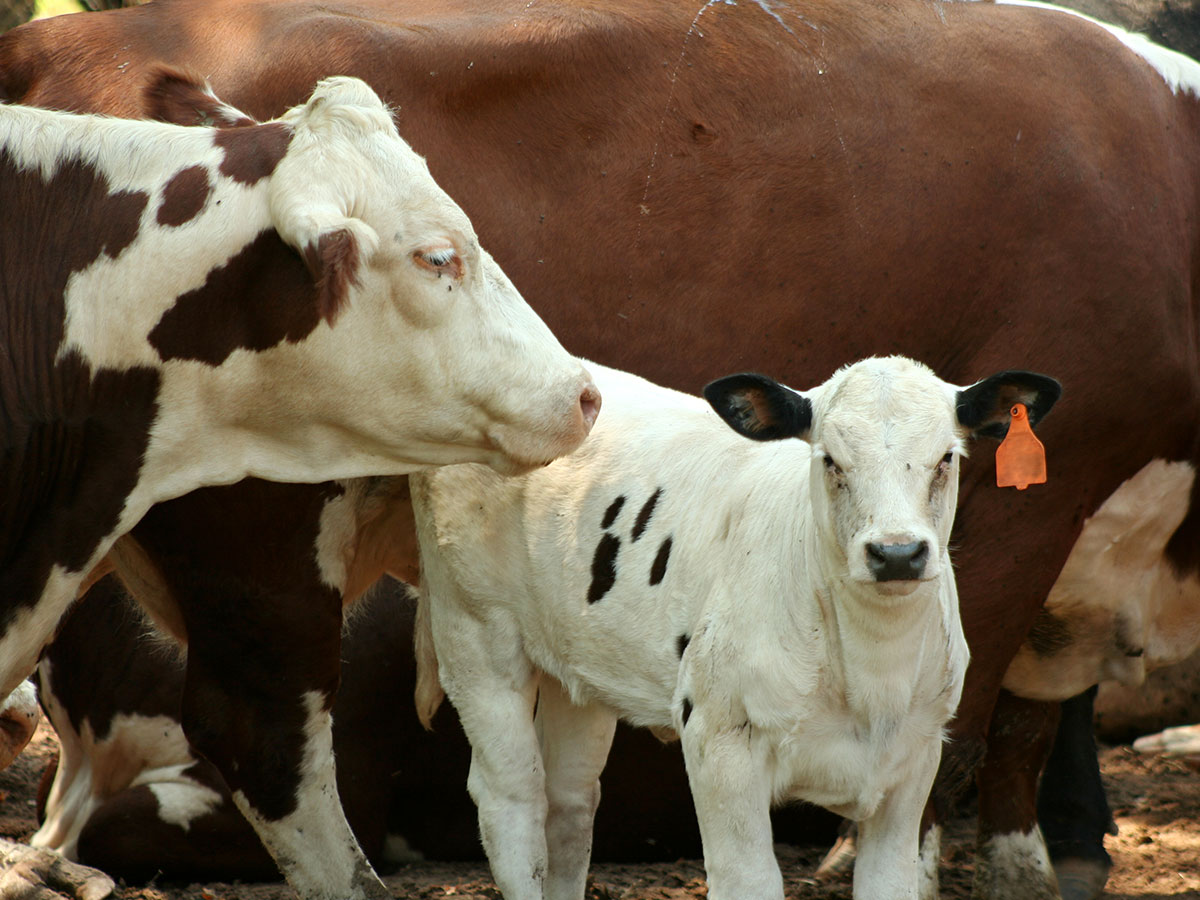A recent MLA report has highlighted the cost of calf scours at $23 million across southern Australia placing it in the top 10 economic diseases of beef cattle just behind grass tetany. It is thought around 80 per cent of farms have at least one case per year with 20 per cent of farms experiencing 15-30 per cent of calves affected. The perception is that the problem is getting worse as stocking rates increase.
Scours in young calves is caused by a number of viruses, bacteria and protozoa. Calf scours develop from an interaction between the age and immunity of the calf, and contamination of the environment.
Prevention is better than cure aims for healthy vigorous calves with good immunity in a low contamination environment.
Boost immunity
Vigorous calves with good immunity are achieved with good calf weights, low dystocia and good colostrum quality. All of these factors can be managed or improved by having females in condition score 2.5-3.5 on good pasture and managing heifer joining weights. If dystocia levels in heifers is greater than five per cent you need to do something.
Calves that need assistance, or who haven’t sucked in the first six hours, can be tube fed 1L/20kg of colostrum. If you don’t know how to do this, get instructions from someone who does.
There are also a number of multivalent vaccines that cover some, but not all, the common causes of calf scours. So if you have an outbreak, get your vet to diagnose what bug(s) are causing the problem on your farm and how to treat and prevent the disease.
Calves can be protected by colostrum, so heifers need to be fully vaccinated in the last third of pregnancy and boosted every year.
Reduce contamination
Calving paddocks can get heavily contaminated especially with sick calves in the nursey paddock, long calving periods or use of the same paddock year-after-year.
To reduce contamination, put stock into the calving paddock no later than two weeks before calving. A compact calving period, of 6 weeks for heifers and 9 weeks for cows, helps limit manure build-up. Consider drifting cows and calves off every few week to further reduce contamination.
Treatment
If you can catch an affected calf, it needs treatment. Clinical signs are associated with dehydration so rehydrating with fluids is essential. Antibiotics may help overcome bacterial scours so consult your vet and get a diagnosis before treating.
Take home messages:
• Scours is an important disease causing economic loss through calf deaths and reduced production.
• Get a diagnosis from your vet to identify the specific pathogens on your farm.
• Prevention is aimed at reducing contamination and having healthy calves.
• Vaccination in combination with management changes may help reduce the impact.
• Simple steps to decrease the impact of the disease have other production benefits as well.
